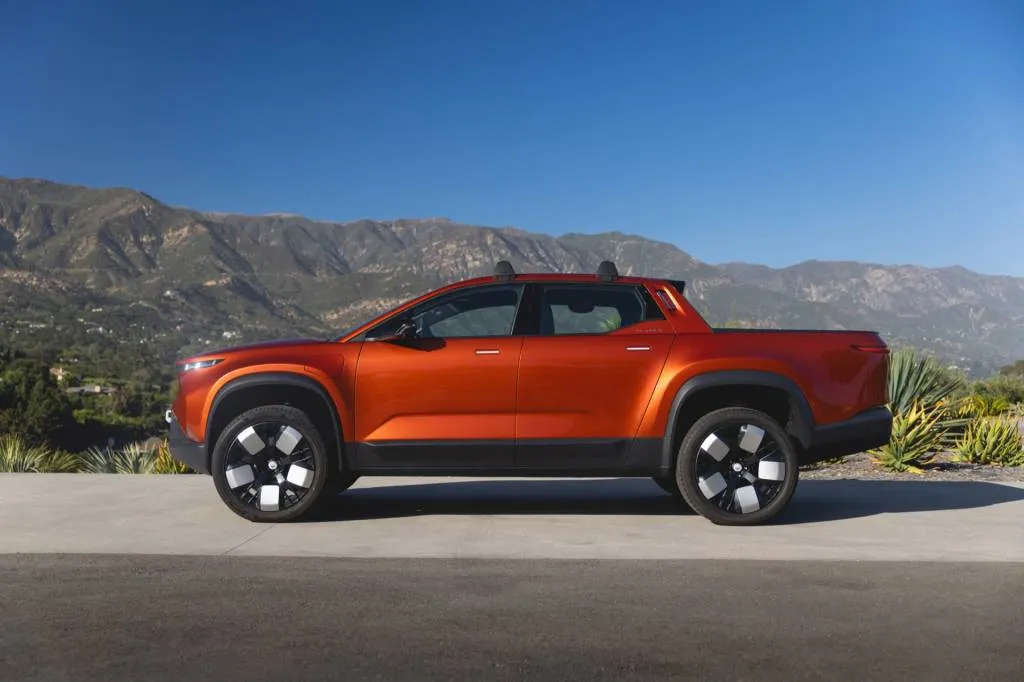Nissan may build the Fisker Alaska electric pickup truck, as well as a derivative sold under its own brand name, Reuters reported Friday.
The report, based on anonymous sources familiar with the matter, claims Nissan is in "advanced talks" to invest in Fisker, with a deal possibly closing later this month. Terms reportedly being discussed include a $400 million investment toward development of the Alaska, with production at a U.S. Nissan plant starting in 2026. Nissan would then "build its own electric pickup on the same platform" according to the report.

Fisker Alaska electric truck concept
Such a deal could be a lifeline for struggling Fisker. The company on Thursday announced that it was seeking a potential partnership with a large automaker that could include investment, development of one or more EV platforms, and North American manufacturing. This came in Fisker's 2023 fourth-quarter earnings report, where the company also expressed doubt that it could continue as a going concern without further investment.
Fisker's only current model is the Ocean electric SUV, which is manufactured by Magna in Austria. Production began in November 2022, but deliveries have proceeded at a slow pace due to a number of issues. In its earnings report, Fisker said it aims to deliver 20,000 to 22,000 Oceans in 2024. Many of those will be channeled through franchised dealerships, which Fisker is now pivoting toward after initially attempting a pure direct-sales model.

Fisker Alaska electric truck concept
First teased in 2021, the Fisker Alaska was fully revealed last August alongside the circa-$30,000 Pear urban EV and the $385,000 Ronin flagship GT. Fisker at the time said the Alaska targeted a base price of $45,400 and 230 miles to 340 miles of range. The company also claimed that the Alaska would be the lightest electric pickup in production.
As shown in 2023, the Alaska was based on a stretched version of the Ocean platform. But CEO Henrik Fisker previously told Green Car Reports not to assume that Magna would also build it. Indeed, the company has said since its unveiling the Alaska would be U.S.-built. It may have found a way to make that happen.












